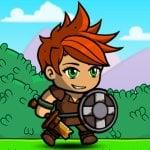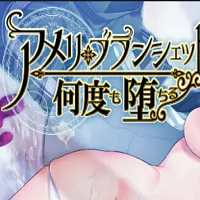From dry deserts to bustling forests, blazing volcanoes, and even frozen tundra, the Monster Hunter series showcases a diverse array of environments, each boasting its own unique ecosystem teeming with a variety of monsters. The thrill of exploring an unknown world and traversing its landscapes in pursuit of these creatures is a core joy of playing Monster Hunter.
This sentiment carries through to Monster Hunter Wilds, the latest installment in the franchise. Following the Windward Plains and Scarlet Forest, hunters now venture into the Oilwell Basin, a harsh terrain enveloped in flames and oilsilt. Here, paths are obstructed by dripping, viscous oil and all-blazing magma. Despite its seemingly sterile and lifeless appearance, one can observe the slow movements of small creatures navigating through the mire. Scattered throughout the Oilwell Basin are remnants of an ancient civilization, adding a layer of mystery to the area.
Yuya Tokuda, the director of both Monster Hunter: World and Monster Hunter Wilds, provides insight into the Oilwell Basin.
"During the Fallow, the Oilwell Basin is a place filled with mud and oil. When the Inclemency known as the Firespring arrives, it burns away the oilsilt, and during the Plenty, the burned-away oil and soot dissipate, revealing the minerals, microorganisms, and the original colors of the manmade artifacts beneath," he explains.
Down in the Muck
What concept guided the development team in crafting the Oilwell Basin? Kaname Fujioka, the director of the original Monster Hunter and executive director and art director for Wilds, elaborates.
"We designed the Oilwell Basin to be vertically connected, contrasting the horizontally expansive Windward Plains and Scarlet Forest," he says. "The environment shifts subtly as you move between the top, middle, and bottom strata. Sunlight reaches the topmost layer where oil accumulates like mud, while the lower you descend, the hotter it becomes, with lava and other substances present."
Tokuda adds, "From the middle to bottom strata, you'll encounter creatures reminiscent of aquatic life, evoking images of deep seas or underwater volcanoes. In World, we conceptualized the Coral Highlands as an ecosystem where aquatic creatures lived on the surface. We've applied that experience to create the Oilwell Basin's creatures and ecosystem."
Fujioka emphasizes the dynamic nature of the Oilwell Basin, stating, "It's a blazing and barren wasteland that bursts with vitality during the Plenty. We want players to enjoy this striking contrast."
"During the Fallow and Inclemency, smoke emerges from the Oilwell Basin, resembling a volcano or hot spring," he continues. "But in the Plenty, it transforms into a clear, marine-like environment. Upon closer inspection, you'll discover it's a region teeming with creatures you'd expect to find on the ocean floor."
The Oilwell Basin's environment is uniquely distinct from other locales. While it may appear lifeless when covered in oilsilt, it supports a diverse ecosystem. Shellfish like shrimp and crabs thrive beneath the surface, alongside small monsters that provide raw meat. Large monsters prey on these smaller creatures, which in turn filter microorganisms from the environment and oilsilt. These microorganisms harness geothermal energy, contrasting the sunlight-driven ecosystems of the Windward Plains and Scarlet Forest.
The large monsters inhabiting the Oilwell Basin are equally unique. One such creature is Rompopolo, a globular, noxious beast with a mouth resembling thin needles. Fujioka describes its design process:
"We envisioned Rompopolo as a tricky monster dwelling in swamps, using stored toxic gas to create chaos for players. We drew inspiration from the concept of a mad scientist to give it a chemical purple hue and glowing red eyes. Interestingly, the equipment crafted from Rompopolo is surprisingly cute, as is its Palico gear."
Tokuda amusingly categorizes the Rompopolo Palico equipment as "amusing," and I can see why when experiencing it firsthand. I encourage players to craft this gear and experience its charm.
Flames of Ajarakan
Another new monster in the Oilwell Basin is Ajarakan, resembling a massive gorilla enveloped in flames, yet with a slimmer silhouette compared to the Scarlet Forest's Congalala.
In a video showcasing territorial disputes between Rompopolo and Ajarakan, we witness Ajarakan employing martial arts-inspired movements, using its fists to deliver powerful blows. It even grabs Rompopolo in a bear hug, highlighting its physical prowess.
Tokuda explains the design philosophy behind Ajarakan: "When designing fanged beasts, their low hip positioning can make it challenging to convey the threat they pose. We aimed to give Ajarakan a top-heavy, towering silhouette to emphasize its danger. We incorporated flame elements and wrestling-inspired grabbing attacks to showcase its strength, resulting in a monster that combines physical power, direct attacks, and fiery abilities."
Fujioka adds, "With a series of unique monsters appearing, we thought it was time to introduce a straightforward monster like Ajarakan. It uses simple yet powerful attacks, such as punching the ground to create flames, making its strength immediately apparent."
Ajarakan occupies a high position in the Oilwell Basin's ecosystem, standing out with its flashy appearance and flame-accompanied attacks, underscoring the area's pecking order.
"At first, Ajarakan was simply a physically powerful monster," Fujioka says. "We wanted to infuse more personality into its design, leveraging the fiery environment. Instead of simply breathing fire, we envisioned Ajarakan wearing flames like the Buddhist deity Acala. The idea of its rising internal temperature giving it the power to melt anything added significant personality. We wanted players to avoid being hugged by such a hot creature, emphasizing its intimidating heat."
While Rompopolo focuses on trickery, Ajarakan embodies straightforward power. Fujioka notes that the team continuously refined its moves to make them flashier as development progressed.
"We added various techniques, like Ajarakan jumping into the air, curling into a ball, and crashing down," he says.
A Monster Generations in the Making
Dominating the Oilwell Basin's ecosystem as its apex predator is the "Black Flame," now officially named Nu Udra. With its slimy body covered in flammable oil, Nu Udra stretches and wriggles throughout the area. Just as Rey Dau controls lightning in the Windward Plains and Uth Duna envelops itself in water in the Scarlet Forest, Nu Udra coats itself in flames. The developers emphasize that apex predators in Wilds are designed with their region's element in mind. The choice of an octopus in a scorching environment is intriguing.
"Yes, octopuses were the inspiration," Fujioka confirms. "We wanted its silhouette to be striking when it rises, adding demonic horns, but also designed it so its face is ambiguous."
Tokuda adds that even the music during Nu Udra battles draws on demonic imagery: "We incorporated phrases and instruments reminiscent of black magic, resulting in a unique and compelling soundtrack."
Nu Udra's tentacle movements follow in the footsteps of monsters like Lagiacrus from Monster Hunter Tri. Both Tokuda and Fujioka have long desired to bring a tentacled monster to life.
"In Tri, I proposed an octopus-shaped monster focused on underwater combat, emphasizing its distinctive movements," Tokuda recalls. "While technical challenges prevented its realization at the time, I've held onto that idea ever since."
Fujioka notes that past tentacled monsters like Yama Tsukami and Nakarkos influenced Nu Udra's development: "We're always interested in using monsters with unique movements at opportune moments. Including too many such monsters can be overwhelming, but introducing one at the right time leaves a lasting impression. For example, the scene in Monster Hunter 2 (Dos) where you first encounter Yama Tsukami floating over the mountains evokes a sense of adventure and mystery."
Tokuda nostalgically adds, "I'm the one who placed Yama Tsukami there. Although technology limited its actions at the time, we wanted it to leave a strong impression."
The development team's dedication to creating monsters is evident throughout the process. Even when current technology cannot support an idea, they store it for future use. Nu Udra represents a significant achievement for both Tokuda and Fujioka, utilizing its cephalopod traits to move freely around the area, offering new gameplay possibilities.
Fujioka explains, "Monsters with tentacles pose technical challenges, such as navigating terrain and targeting. When we started developing Wilds, the technical team's tests were incredibly successful, making us confident we could bring Nu Udra to life."
Tokuda adds, "Seeing those tests, we decided to make Nu Udra the apex predator of the Oilwell Basin. It feels like we're finally attempting one of the countless proposals I've had rejected for technical reasons."
Even outside of combat, Nu Udra's animations received meticulous attention. After taking sufficient damage, it wraps around ancient ruined pipes to maneuver through the area, even entering small holes in the terrain effortlessly. Each of Nu Udra's movements posed a challenge to Fujioka's art team.
"We focused extensively on depicting flexible bodies with Nu Udra," Fujioka says. "At the start of development, we proposed seemingly impossible ideas as a challenge to ourselves. While it's demanding for our artists, the final product is truly remarkable when we succeed."
The team leverages new technologies to realize their accumulated ideas as the series evolves, attempting even seemingly unachievable concepts. Listening to Tokuda and Fujioka, I gain insight into the creative atmosphere on the Monster Hunter development floor.
"When we first implemented Nu Udra's movement into a hole, an animator asked me to wait and see it," Tokuda recalls. "I was genuinely amazed, and the animator looked incredibly satisfied."
Fujioka adds, "The way Nu Udra squirms around pipes is exceptionally well-made. It's a real-time depiction that only games can achieve, and I'm incredibly proud of it as a culmination of our team's efforts."
Fujioka's pride in the level of detail and the team's efforts in Wilds is palpable.
Facing Nu Udra in battle proves challenging due to its flexible and constantly changing body. A close approach risks a powerful counterattack from its head. Successfully breaking a tentacle part leads to its severed tip thrashing on the ground. Can all its tentacles be destroyed?
"You can sever many tentacles," Tokuda explains. "While the count may vary, all parts resembling legs that touch the ground can be cut. The severed tentacles move initially but eventually rot. Carving rotten, immobile parts yields inferior materials, a rule that applies to other monsters' breakable parts like tails."
"Nu Udra uses its tentacles to launch a barrage of attacks, combining focused strikes with area-of-effect attacks using its head and flames. We aimed to give its attacks a unique tempo, making it seem like a massive monster launching continuous assaults. With multiple tentacles, it can be challenging to determine its target in multiplayer hunts, so we added sensory organs at the tentacle tips that emit light to indicate its focus."
Nu Udra's sensory organs, located at the tips of its tentacles, emit light during attacks, unaffected by Flash Bombs as it doesn't rely on vision.
To defeat Nu Udra, Tokuda advises, "Its body is soft with many breakable parts. Hunters should strategize their attacks. Cutting off tentacles reduces its area-of-effect attacks, making movement easier. It's designed for multiplayer, where targets are split, enhancing the experience with SOS flares and Support Hunters."
Fujioka elaborates, "This monster encourages an action-game approach, where destroying parts aids in defeating it, similar to Gravios, where breaking its tough armor reveals a way to victory. Observing a monster's movements and making strategic decisions align perfectly with Monster Hunter's core gameplay."
A Welcome Reunion
Fujioka mentions Gravios, a monster absent since Monster Hunter Generations Ultimate, now returning in the Oilwell Basin. Its rocky carapace and hot gas emissions make it an ideal fit for the area.
Tokuda explains Gravios' return: "We considered monsters that fit the Oilwell Basin, align with the game's progression, and offer a unique challenge. We decided Gravios would provide a fresh challenge, leading to its reappearance."
The reintroduced Gravios boasts an even harder body than before, its massive presence dominating the Oilwell Basin. Successfully attacking its rocky carapace allows for Focus Strikes on red wounds.
"When bringing Gravios into Wilds, we wanted to maintain its signature hardness," Tokuda says. "From a game design perspective, we positioned it as a monster encountered after significant progression, challenging players to find ways to defeat its hard body using the wound system and part breaking."
All Monsters in Monster Hunter Wilds
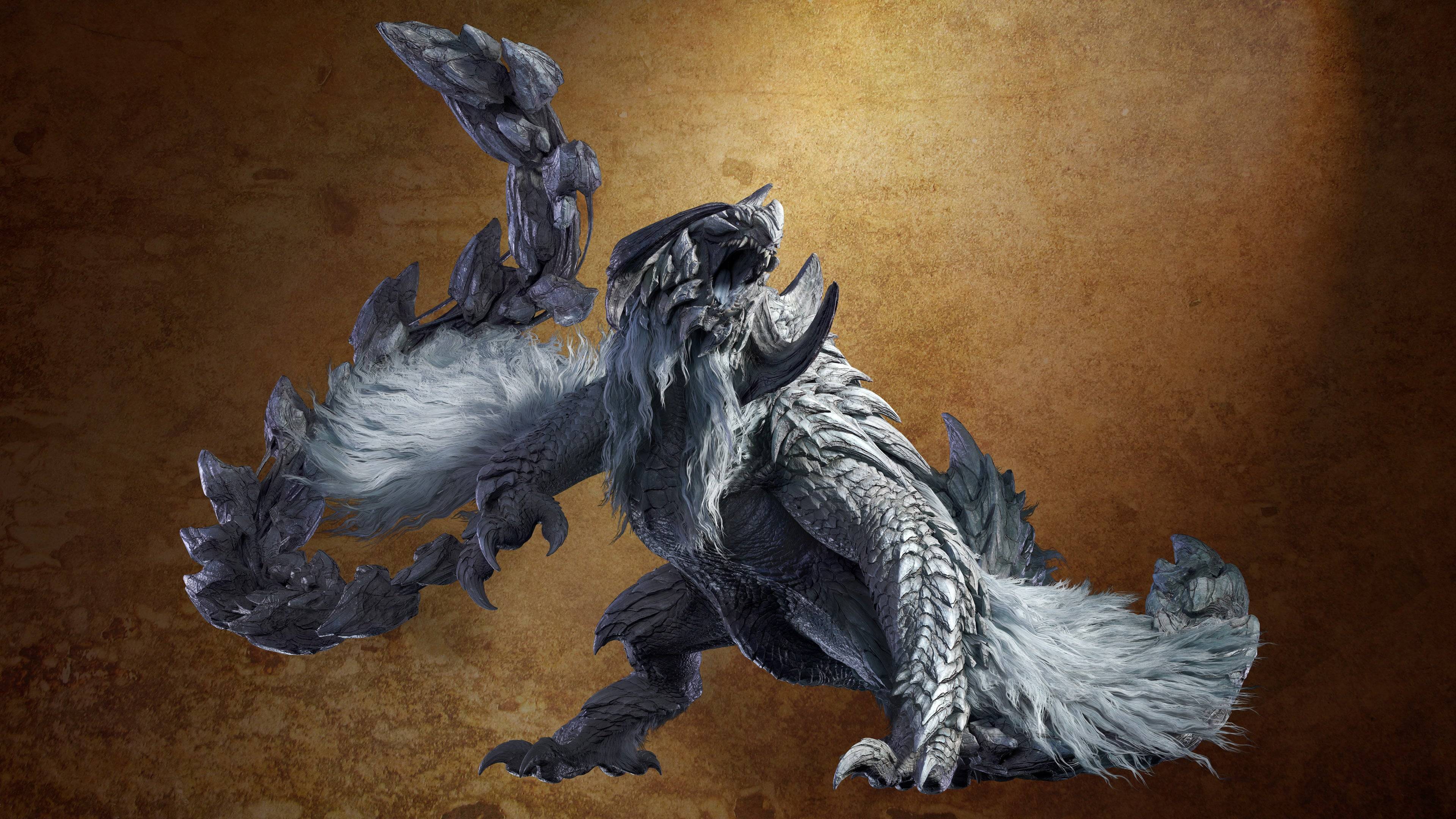
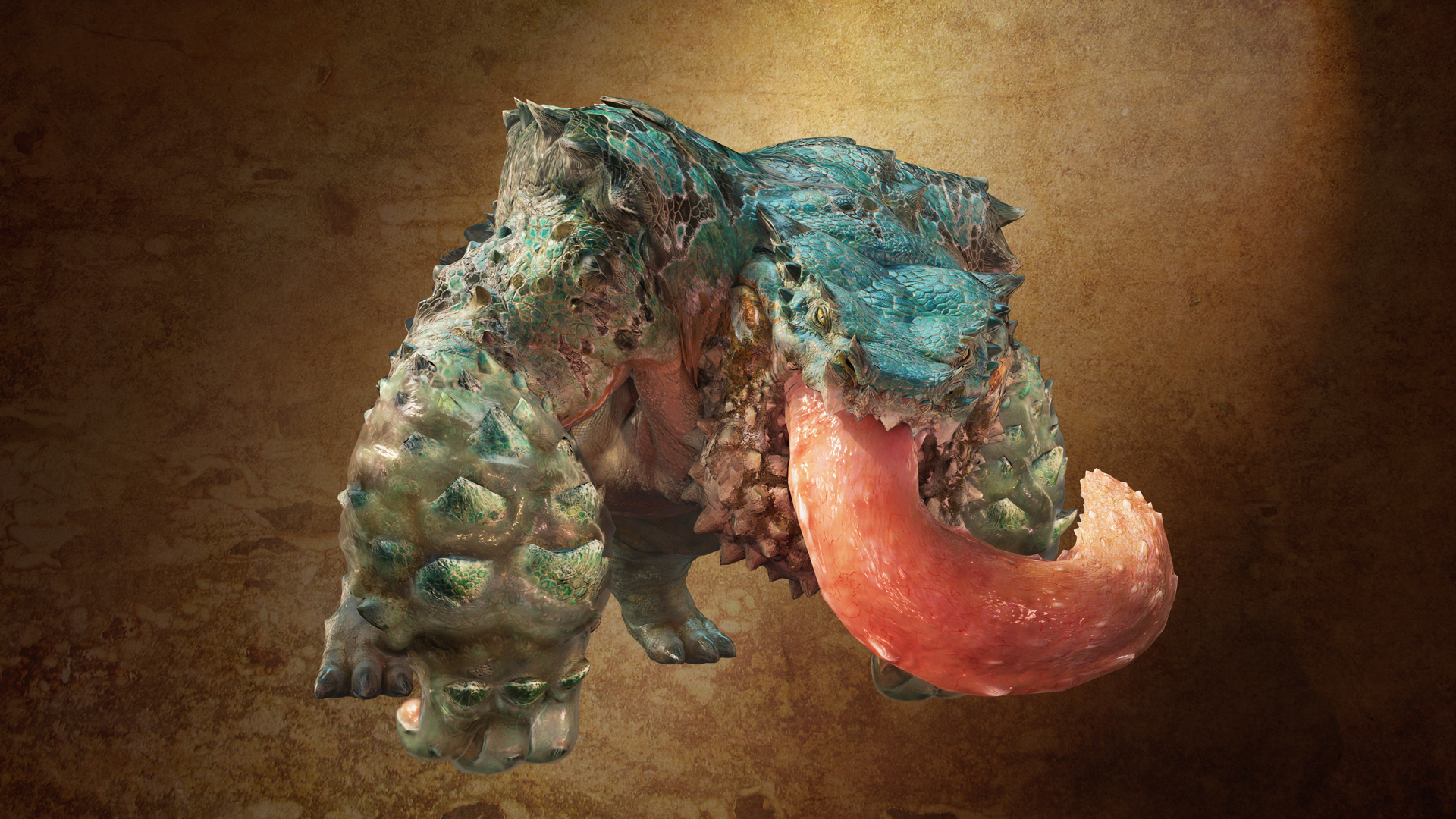 17 Images
17 Images
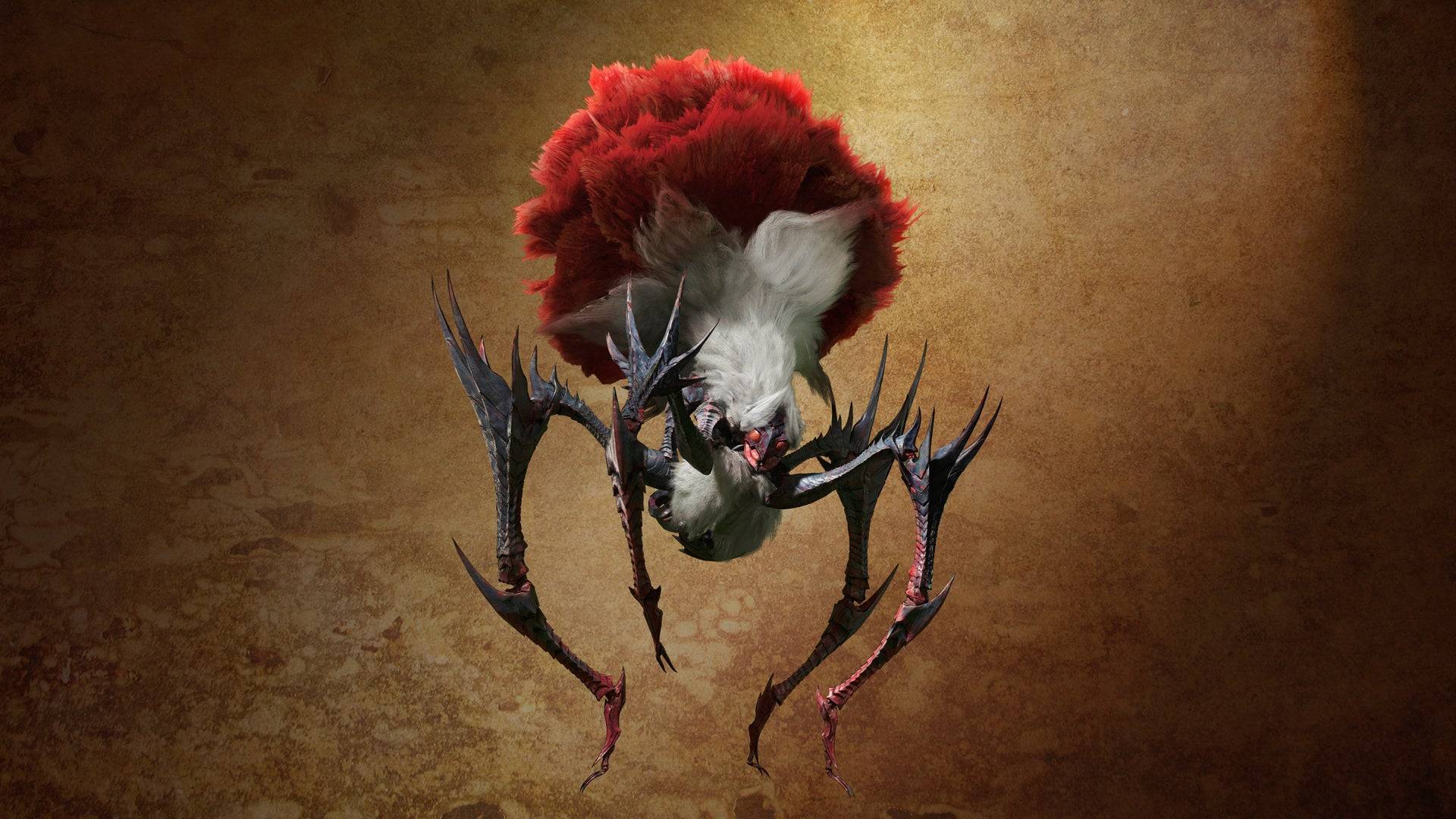
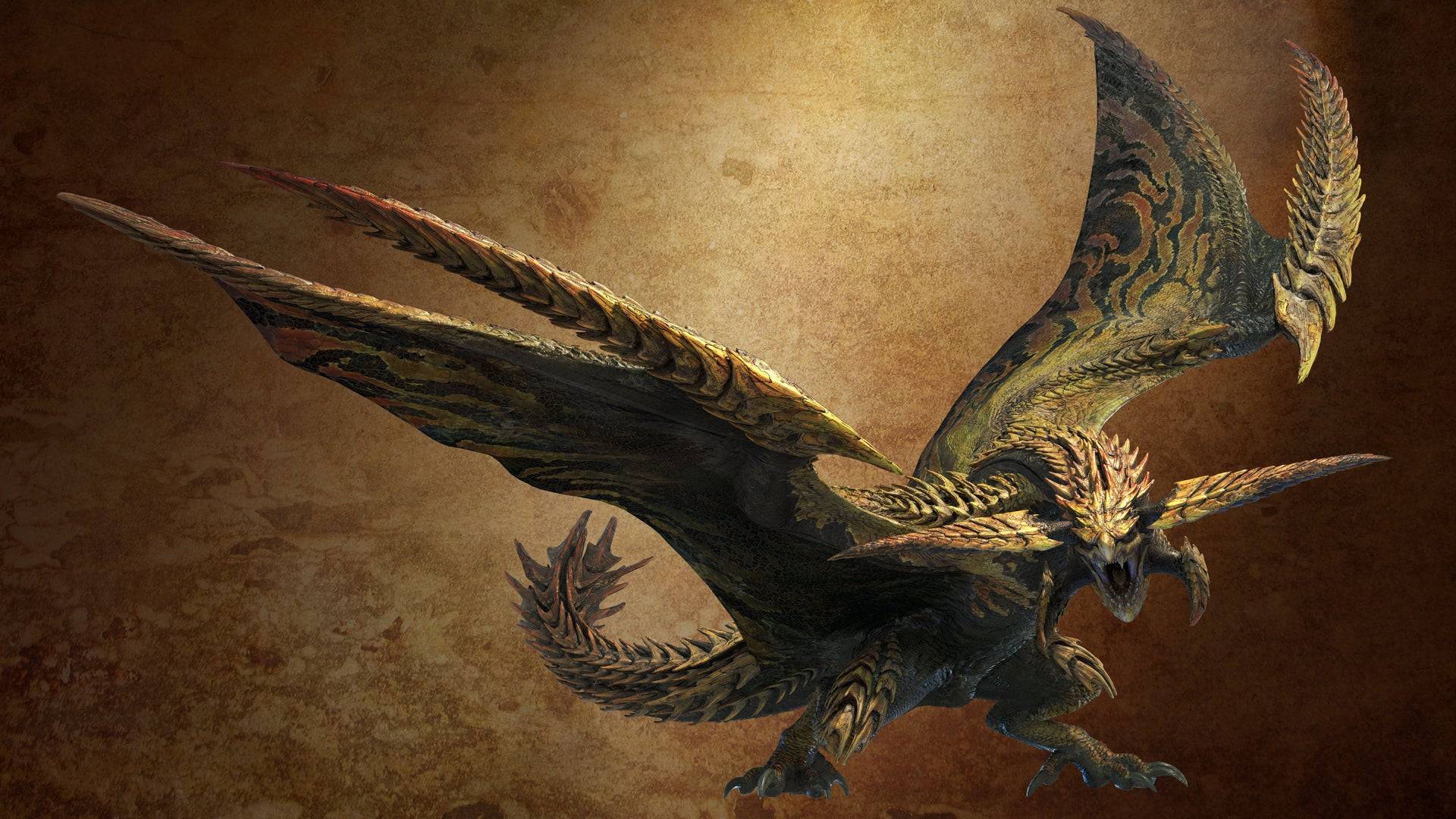
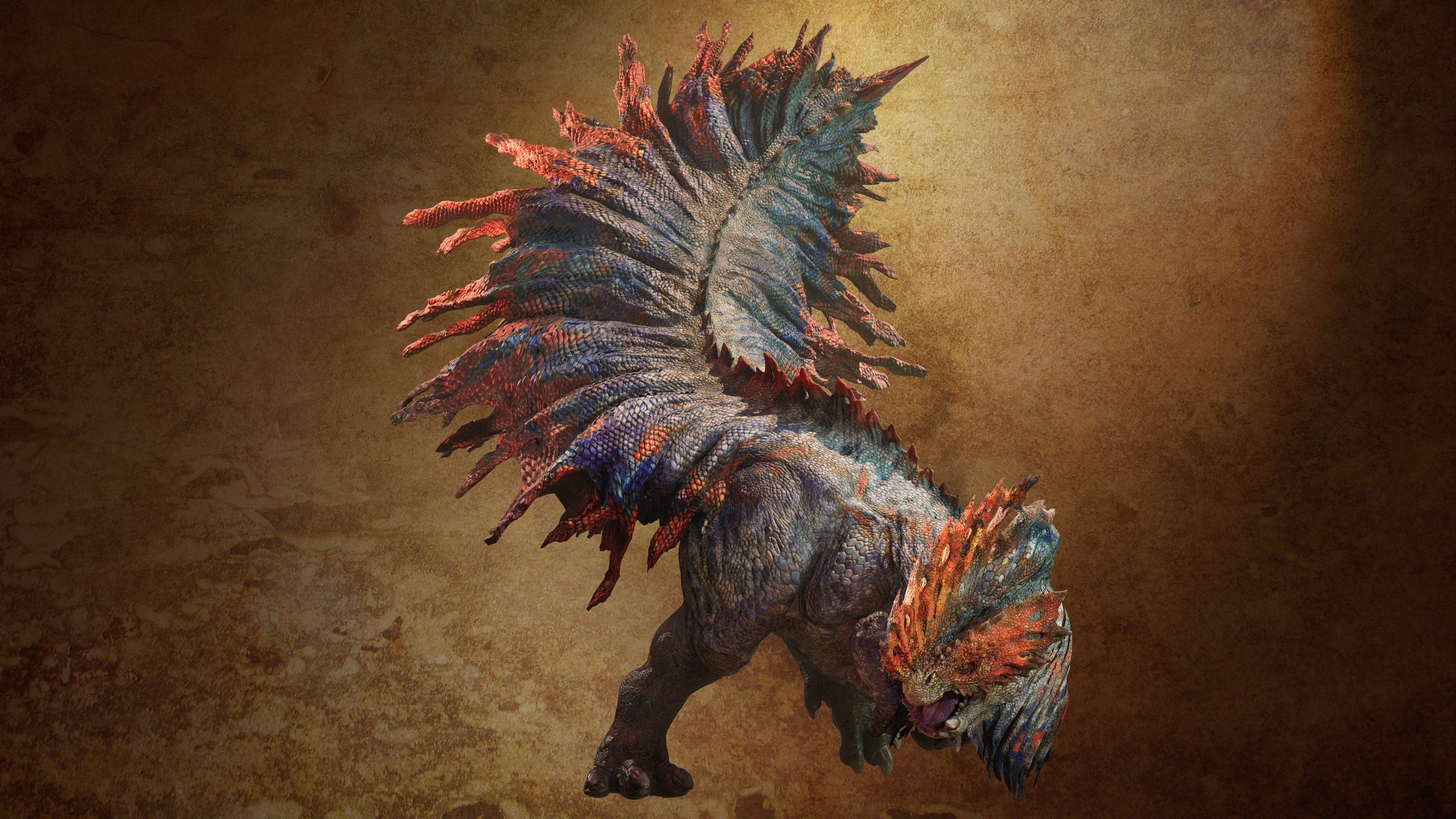 While Gravios returns, its juvenile form, Basarios, will not appear in Wilds. Fujioka confirms, "Sorry, but Basarios will be taking this one off." The decision not to include Basarios was made after careful consideration, ensuring that each monster reappears only when it can be fully utilized within the game's context.
While Gravios returns, its juvenile form, Basarios, will not appear in Wilds. Fujioka confirms, "Sorry, but Basarios will be taking this one off." The decision not to include Basarios was made after careful consideration, ensuring that each monster reappears only when it can be fully utilized within the game's context.
As explained in our interview about monster selection, the Monster Hunter team meticulously decides on monster reappearances, ensuring they enhance the game's experience. Although Basarios won't be in Wilds, many other monsters will inhabit the Oilwell Basin, promising exciting hunts ahead. I eagerly anticipate exploring this unique environment, Cool Drink in hand.
 Home
Home  Navigation
Navigation






 Latest Articles
Latest Articles
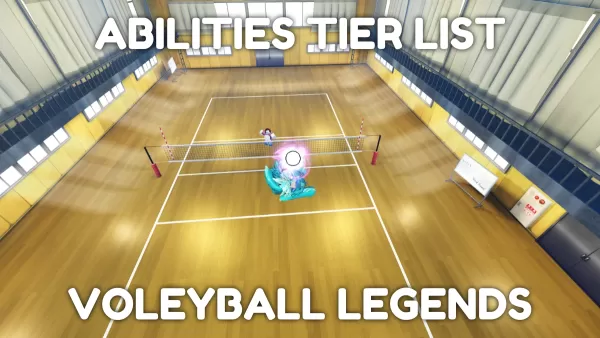
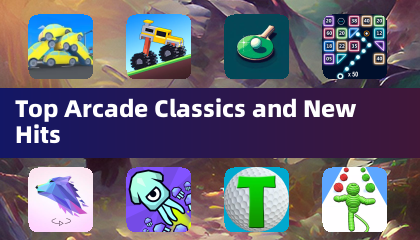
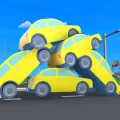

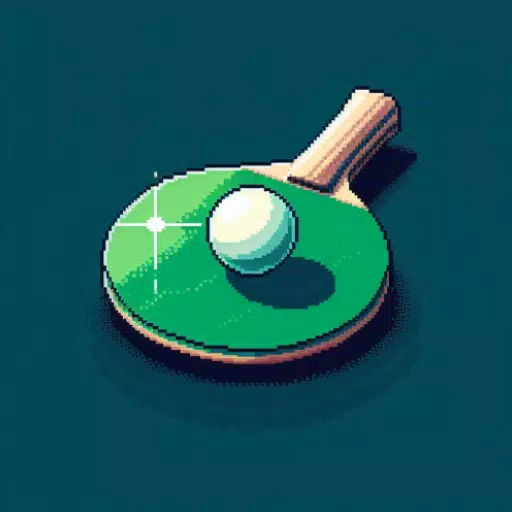

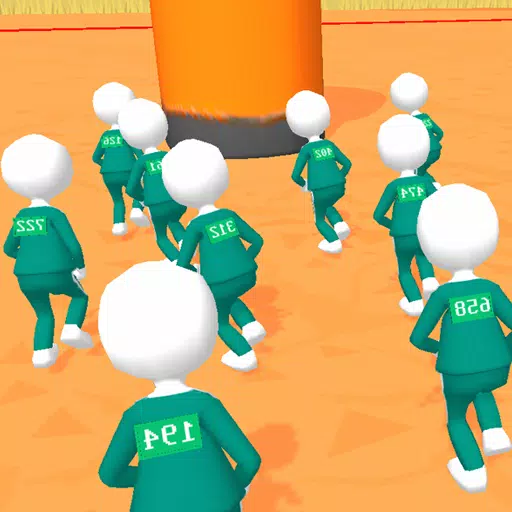
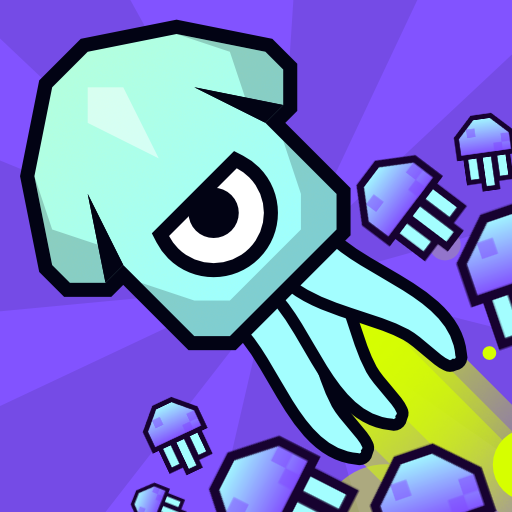
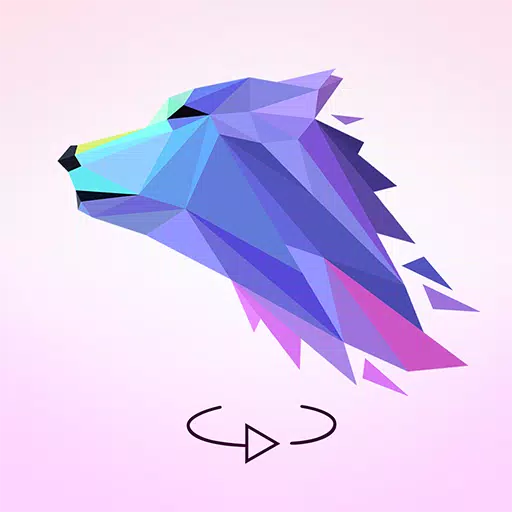
 Latest Games
Latest Games





